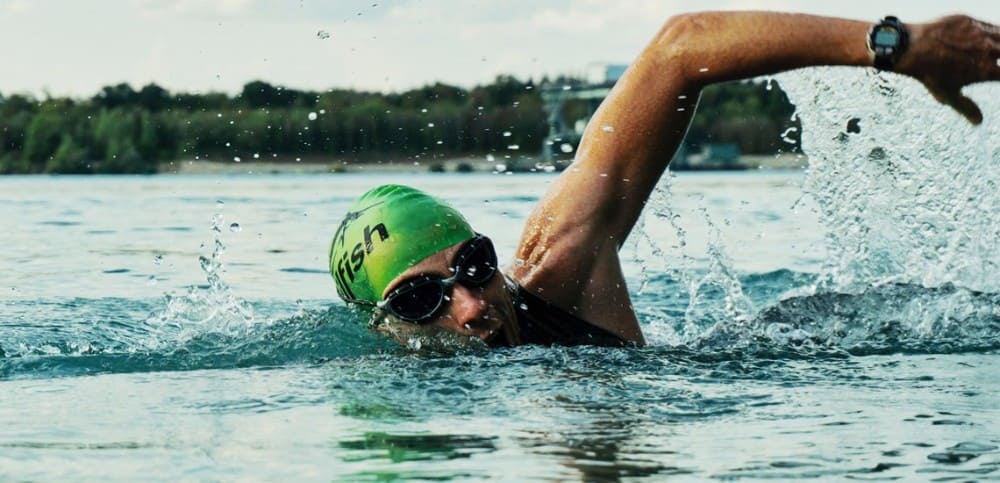Training for a triathlon requires plenty of time, dedication and planning. If you’re in the process of planning your triathlon training, ensure you’ve given yourself at least 12 weeks.
Training is a shorter time will not only be exhausting, but could also put pressure on the body, leading to injury when you least expect it.
During your 12 week triathlon preparation, aim to train for two to four hours each week. Include a mix of swimming, cycling and running, equivalent to your triathlon activities. In a sprint triathlon, you’ll likely spend 20% of the race on the swim, 50% on the bike and 30% on the run.
It may help to split your training into three sessions per week, focussing fully on one area for each session. Once you’re ready to step up the pace, start to blend your workouts into swim to bike, and bike to run to allow you to get used to the transitions.

THE SWIM
Not all swimmers are created equal. Sure, you can propel through the water at a rapid pace, but if your technique isn’t on form, you could be exhausting your body more than you need to.
Book a session with a swimming instructor to have them asses your stroke. They will be able to offer guidance on movement, breathing technique and how to minimise energy expenditure, which you’ll be thankful for when you hit the water.
Of course not all of your swimming preparation will be done in the pool. Incorporating holistic fitness into your training will help you to improve your breathing technique, posture and work your core. Mix a yoga or pilates class into your training schedule weekly for a low impact, strengthening workout. (Find out more on the health benefits of holistic fitness.)

THE CYCLE
One of the biggest challenges triathletes face is the discomfort of a 24 mile cycle. Getting in plenty of cycling throughout your training will help you to decide how best your bike fits you. Once you’ve spent some time finding what works for your body, it’s worth having a bike specialist set-up your race bike to ensure the same comfort.
Add variety to your cycle training. Include indoor cycling classes that incorporate a mix of climbs at speed, or an RPM class for maximum cardio training. If your training starts to get tedious, inject a little fun with Les Mills The Trip, an immersive cycling experience from fitness legends, Les Mills.
On the gym floor, spend time working on the transition from bike to run. This will help your legs get used to the change in movement. Opt for short cycles and runs initially, just to get the transition nailed, before slowly increasing distance to build endurance.

THE RUN
Training for the running stage of your triathlon isn’t just about, well, running. The key is to work on your overall cardio fitness for better endurance and total body strength.
Add a few short distance runs into your training plan, though spend time also working on strength training. It’s worth spending some time with a personal trainer who will educate you on correct form when completing squats, deadlifts and lunges, all of which are great for strengthening the lower body.
Top strength exercises for triathlon training
Lat pull-down 🏊
Great for: The Swim to strengthen lats, shoulders and biceps
Leg press 🚴 🏃
Great for: The Bike and The Run to work the quads, glutes and hamstrings
Calf raise 🚴 🏃
Great for: The Bike and The Run for ankle support and correct foot movement to prevent injury.
Tricep press 🏊
Great for: The Swim to train triceps, forearms and strengthen the hands.
Dumbbell step-ups 🚴 🏃
Great for: The Bike and The Run, working quads, hip flexors and hamstrings.
Dumbbell raise 🏊 🏃
Great for: The Swim and The Run, to build traps, pecs and improve shoulder strength.
Bench crunches 🏊 🚴 🏃
Great for: All, building core strength through the abs.
Triathlons coming up...
Cheshire Triathlon - Nantwich - 22nd May
Blenheim Triathlon - Oxfordshire - 28th & 29th May
The London Triathlon - Excel Centre, London - 6th & 7th August


